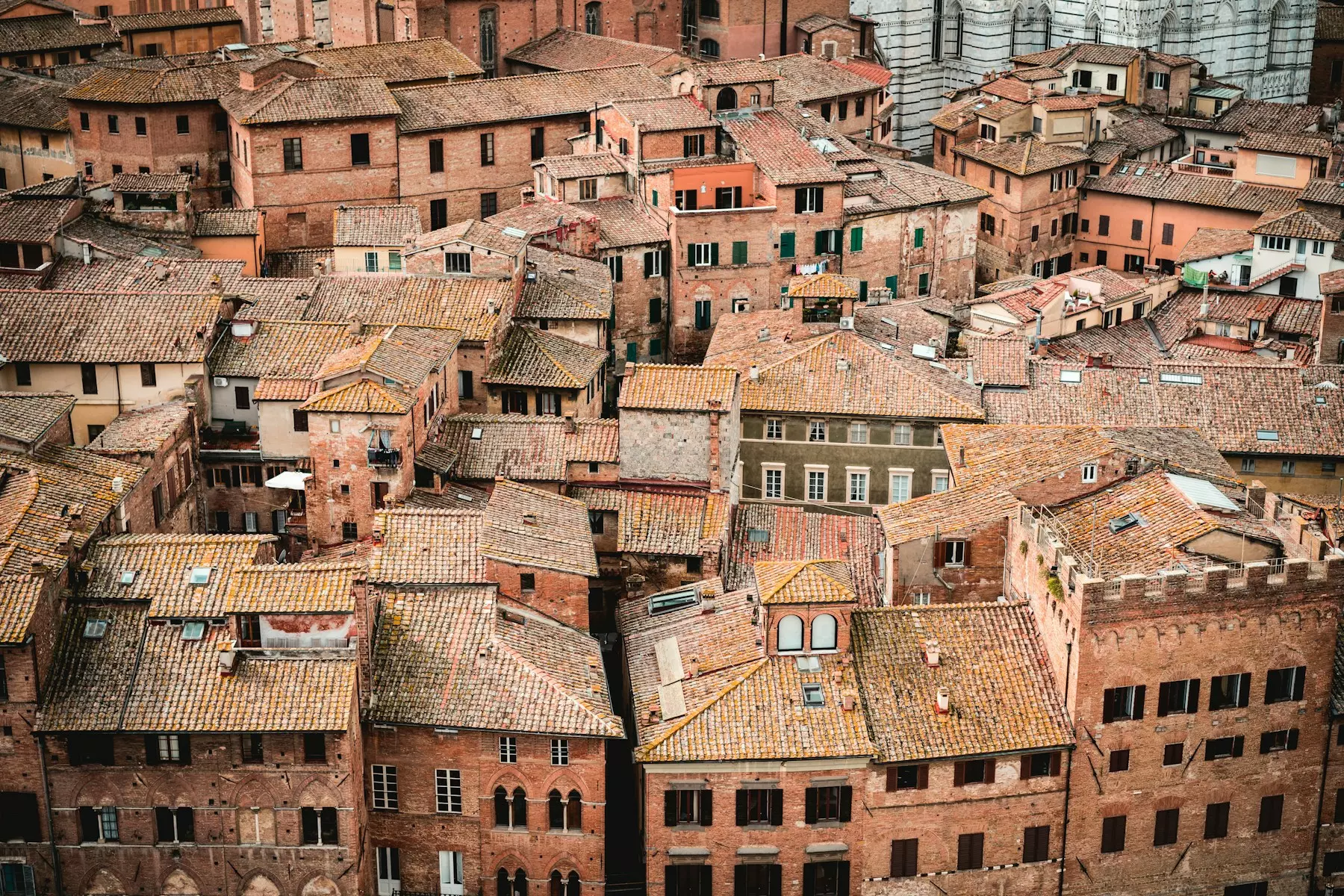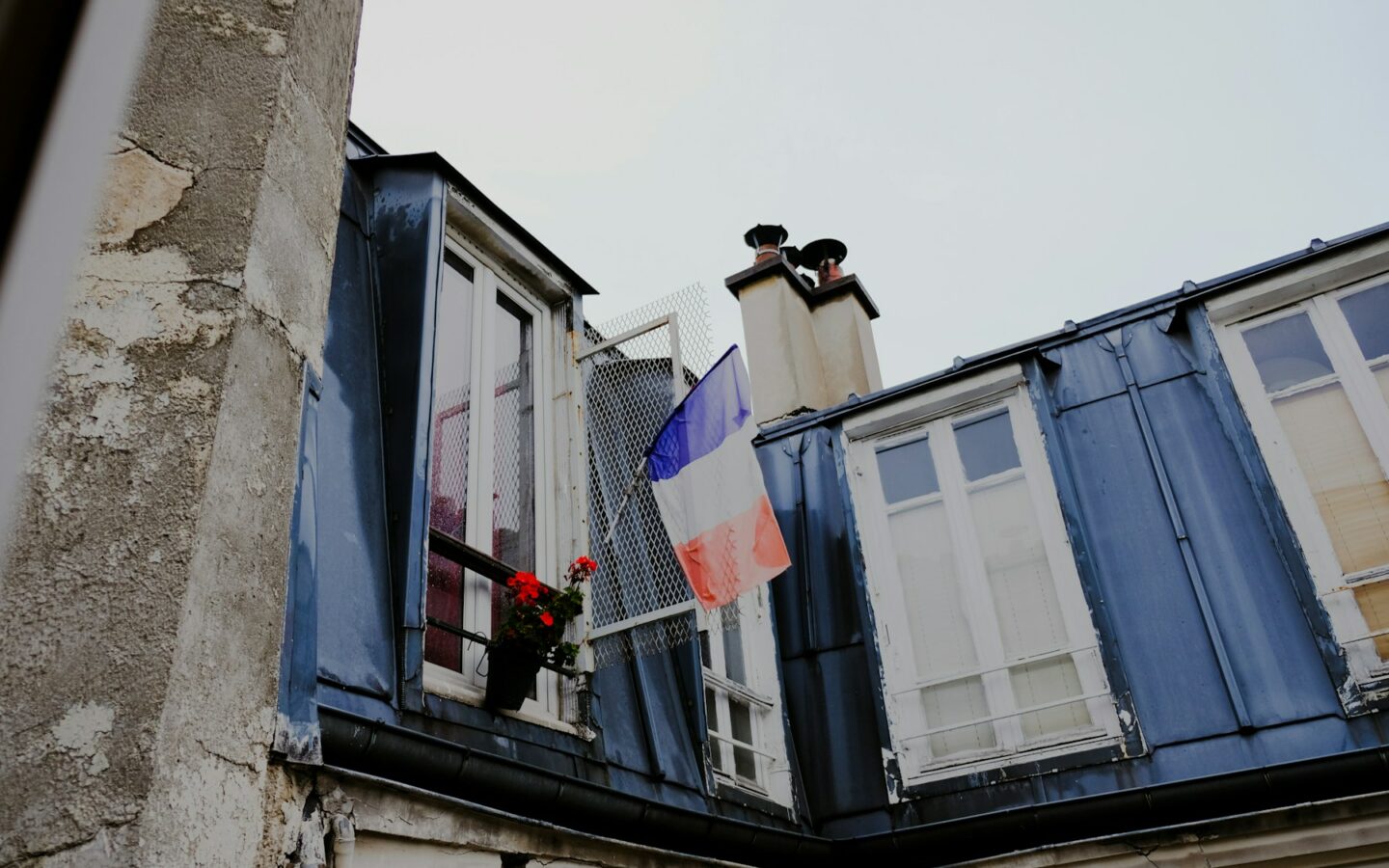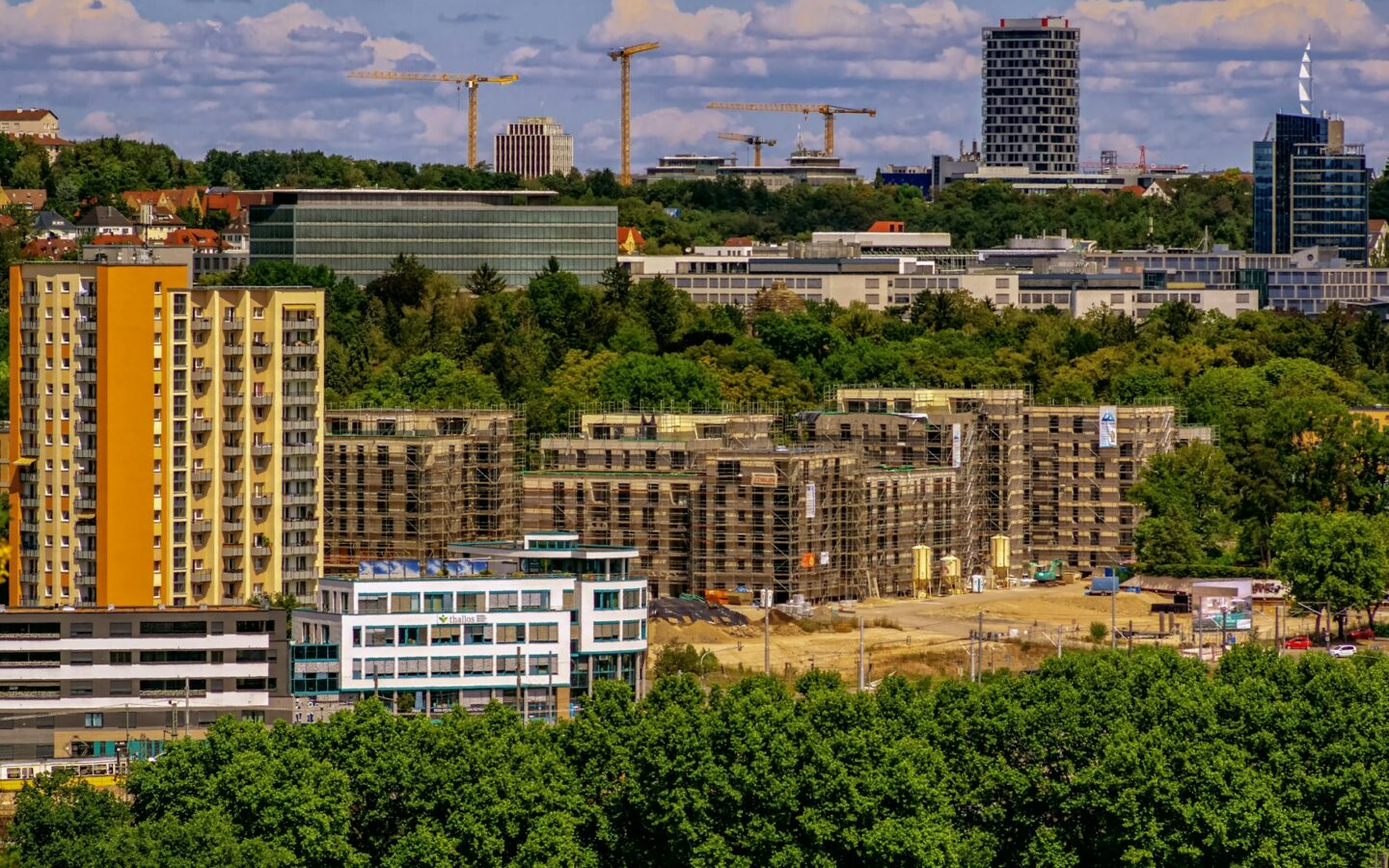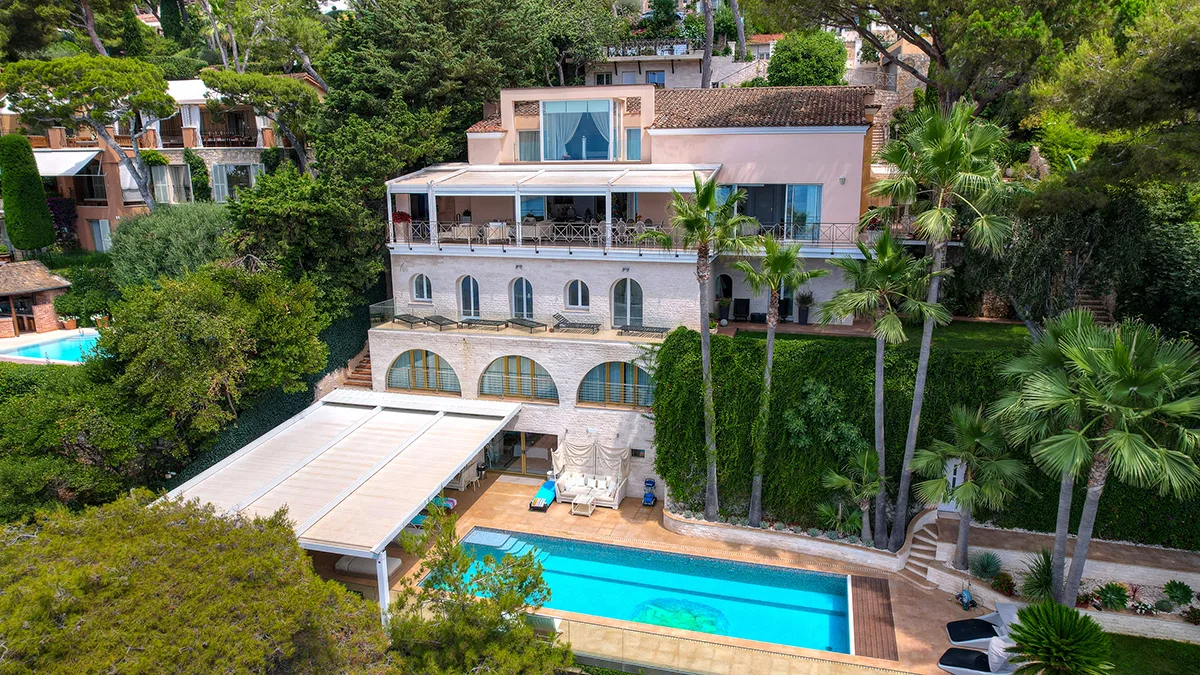The allure of purchasing a home for just one dollar seems too good to be true, and in most cases, it absolutely is. These ultra-low-cost housing programs, found in various countries from Italy to the United States, are designed to revitalize abandoned neighborhoods and attract new residents to declining areas. While the initial purchase price might make headlines and capture imaginations, the reality involves substantial financial commitments that can quickly escalate into tens of thousands of dollars.
Get one year Free Listings!
Subscribe to our newsletter and get 1 year listings + XML imports for free and enjoy a 100% discount on all listing placement packages, no strings attached!

Before diving into what appears to be the deal of a century, it’s crucial to understand that these programs come with strict conditions, tight deadlines, and numerous hidden expenses. The one-dollar price tag is essentially a marketing tool used by municipalities to generate interest, but the true cost of ownership extends far beyond that symbolic payment. Smart buyers need to look past the sensational headlines and carefully calculate the real investment required to turn these bargain properties into livable homes.
The True Price Behind Dollar Home Programs
Dollar home programs typically require buyers to commit to specific renovation timelines, often demanding completion within 12 to 36 months of purchase. These deadlines aren’t suggestions but legally binding requirements that can result in hefty fines or property forfeiture if not met. Most programs also mandate that buyers invest a minimum amount in renovations, usually ranging from $20,000 to $50,000, depending on the property’s condition and local requirements.
The properties offered through these programs are often in severe disrepair, having been abandoned for years or even decades. Structural issues, outdated electrical systems, plumbing problems, and roof damage are common features that significantly impact the overall investment. Additionally, many programs require buyers to use local contractors and materials, which can inflate costs compared to more competitive markets. The romantic notion of slowly fixing up a charming old house quickly transforms into a race against time with substantial financial obligations.
Renovation Costs That Add Up Fast
The actual renovation expenses for dollar homes frequently exceed initial estimates by 50% to 100%, as hidden problems emerge once work begins. Basic structural repairs alone can cost between $15,000 and $40,000, while updating electrical and plumbing systems to modern safety standards often requires an additional $10,000 to $25,000. These costs multiply quickly when dealing with older properties that may contain hazardous materials like asbestos or lead paint, requiring specialized removal procedures.
Labor costs in areas with dollar home programs can be surprisingly high, especially when local regulations require the use of certified contractors for specific types of work. Material costs also add up rapidly, particularly when properties need complete roof replacement, new windows, or extensive masonry work. Many buyers discover that achieving basic habitability requires installing new heating systems, updating insulation, and completely renovating kitchens and bathrooms, pushing total renovation costs well into six-figure territory for properties that initially cost just one dollar.
Legal Fees and Bureaucratic Hurdles
Navigating the legal requirements of dollar home programs involves substantial attorney fees, permit costs, and administrative expenses that can easily reach $5,000 to $15,000 before renovation even begins. Property transfers require extensive documentation, title searches, and often involve complex negotiations with multiple government agencies. International buyers face additional complications, including visa requirements, foreign investment regulations, and currency exchange considerations that further inflate the true cost of ownership.
Building permits for major renovations typically cost between $2,000 and $8,000, depending on the scope of work and local regulations. Many dollar home programs also require buyers to obtain multiple inspections throughout the renovation process, each carrying additional fees and potential delays. Insurance requirements can be particularly challenging, as many properties in these programs are located in areas with limited coverage options or elevated risk factors, resulting in premium costs that far exceed those in more desirable neighborhoods.
Ongoing Maintenance and Utility Expenses
Monthly utility costs in renovated dollar homes often surprise new owners, particularly in older properties where energy efficiency improvements may be limited by historical preservation requirements. Heating bills alone can range from $200 to $500 monthly during winter months, especially in regions with harsh climates where these programs are commonly found. Water, electricity, and internet services may require significant infrastructure investments before basic connectivity is possible.
Property maintenance costs continue long after initial renovations are complete, with older homes typically requiring 2% to 4% of their total value in annual upkeep expenses. This ongoing financial commitment includes regular roof maintenance, HVAC system servicing, and addressing the inevitable issues that arise in aging structures. Many dollar home buyers underestimate these recurring costs, which can easily amount to $3,000 to $8,000 annually, significantly impacting the long-term affordability of what initially appeared to be an incredible bargain.
Hidden Taxes and Municipal Requirements
Property taxes on renovated dollar homes often increase dramatically once improvements are completed and properties are reassessed at their new market value. What might start as minimal tax obligations can quickly escalate to $2,000 to $6,000 annually, depending on local tax rates and the extent of renovations completed. Some municipalities also impose special assessments for infrastructure improvements, adding unexpected costs that can persist for years after the initial purchase.
Many dollar home programs include residency requirements that mandate owners live in the property for specific periods, typically three to five years, limiting flexibility and potential rental income opportunities. Municipal fees for services like garbage collection, water, and sewer access often carry connection fees and deposits that weren’t clearly disclosed during the initial purchase process. These administrative costs, combined with potential HOA fees or community improvement assessments, can add hundreds of dollars to monthly expenses, transforming that one-dollar dream home into a significant ongoing financial commitment that rivals traditional home ownership costs.
The reality of dollar home ownership extends far beyond the symbolic purchase price, with total investments commonly reaching $75,000 to $150,000 or more by the time all requirements are met. While these programs can offer unique opportunities for those with adequate financial resources, realistic timelines, and genuine commitment to community revitalization, they’re far from the bargain they initially appear to be. Success requires careful financial planning, thorough research of local requirements, and honest assessment of one’s ability to handle extensive renovation projects under strict deadlines.
For those considering a dollar home purchase, the key lies in approaching these opportunities with eyes wide open to the true costs involved. The one-dollar price tag should be viewed as just the entry fee to a much larger financial commitment, one that can be rewarding for the right buyer but potentially devastating for those unprepared for the reality of transforming abandoned properties into livable homes within mandated timeframes and budgets.






Join The Discussion